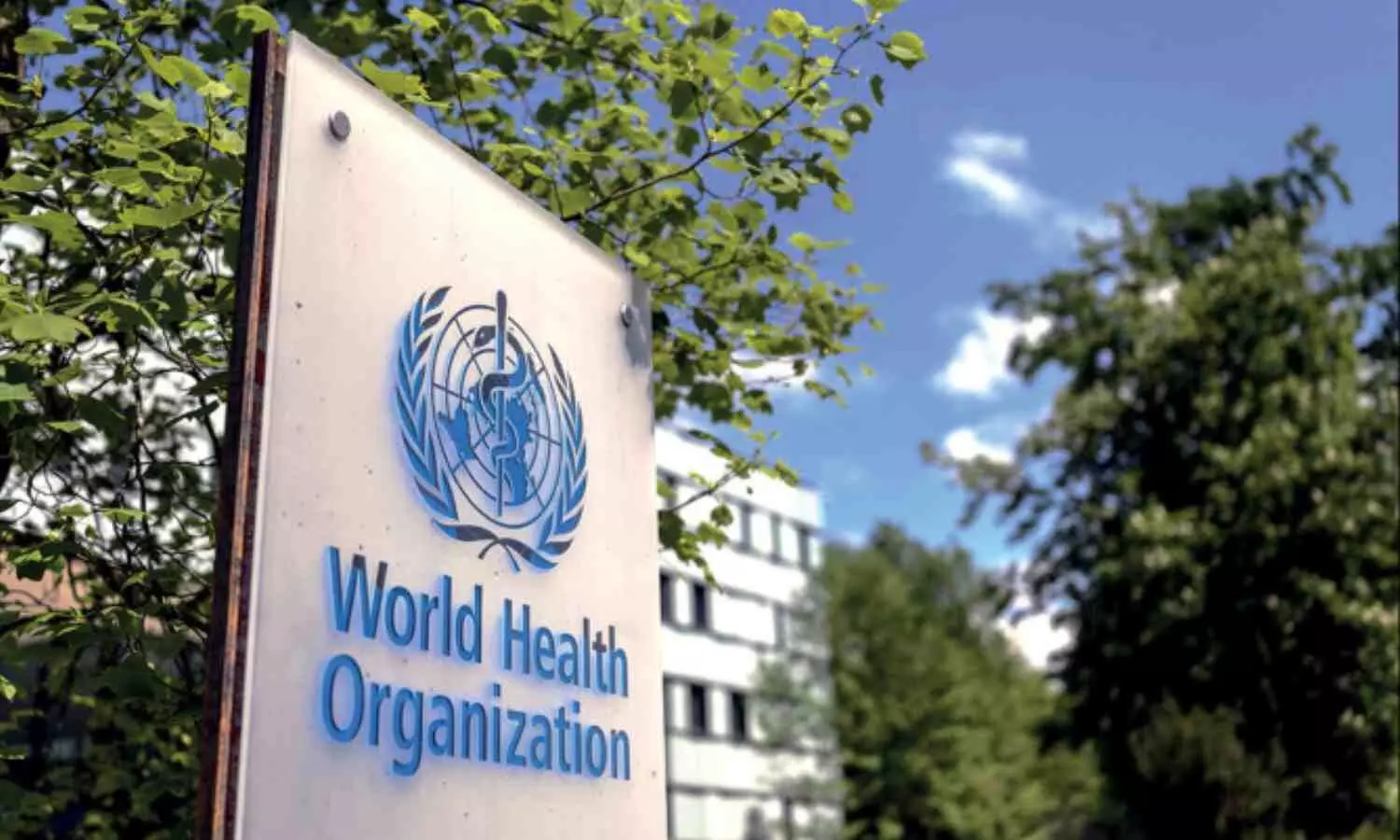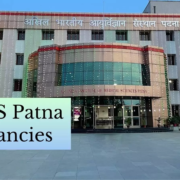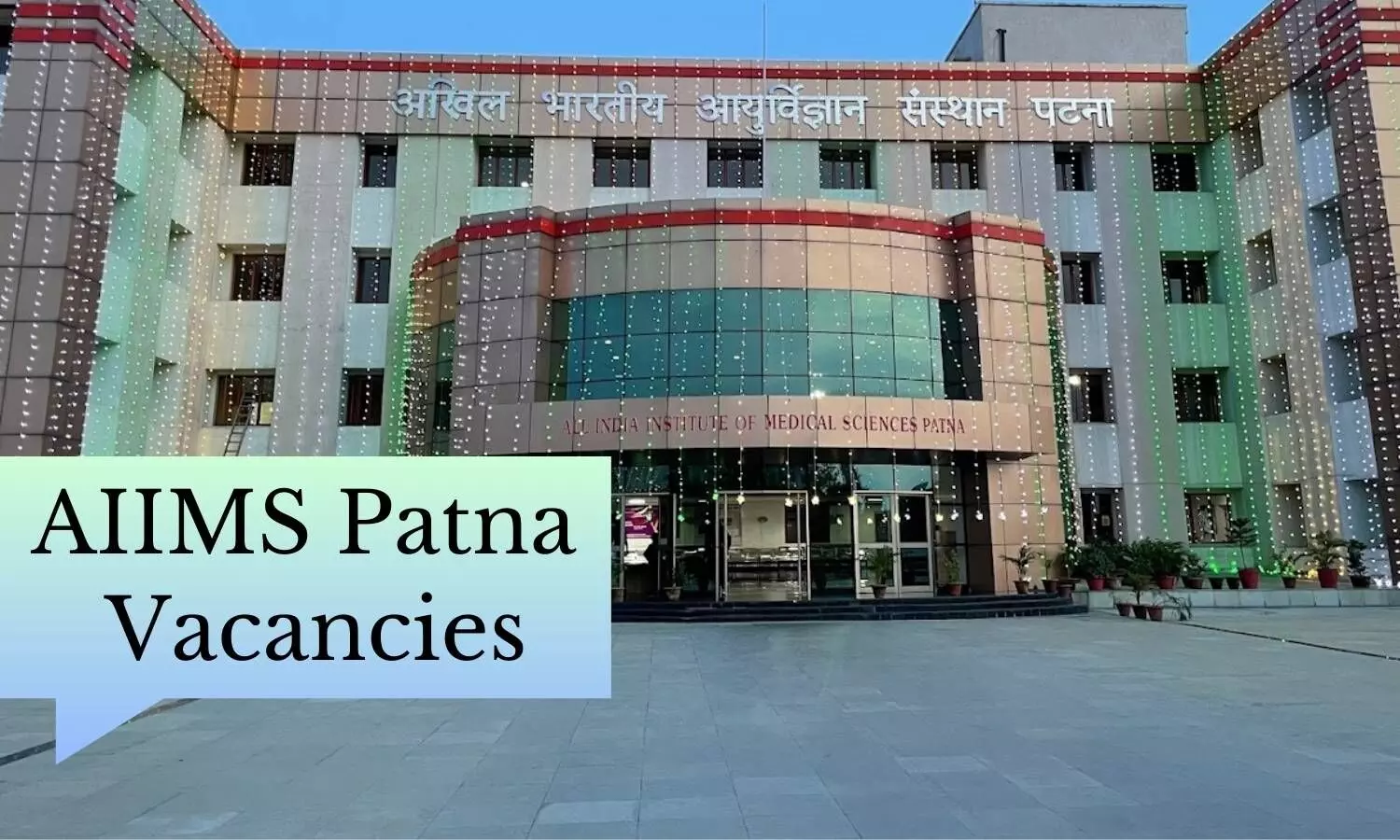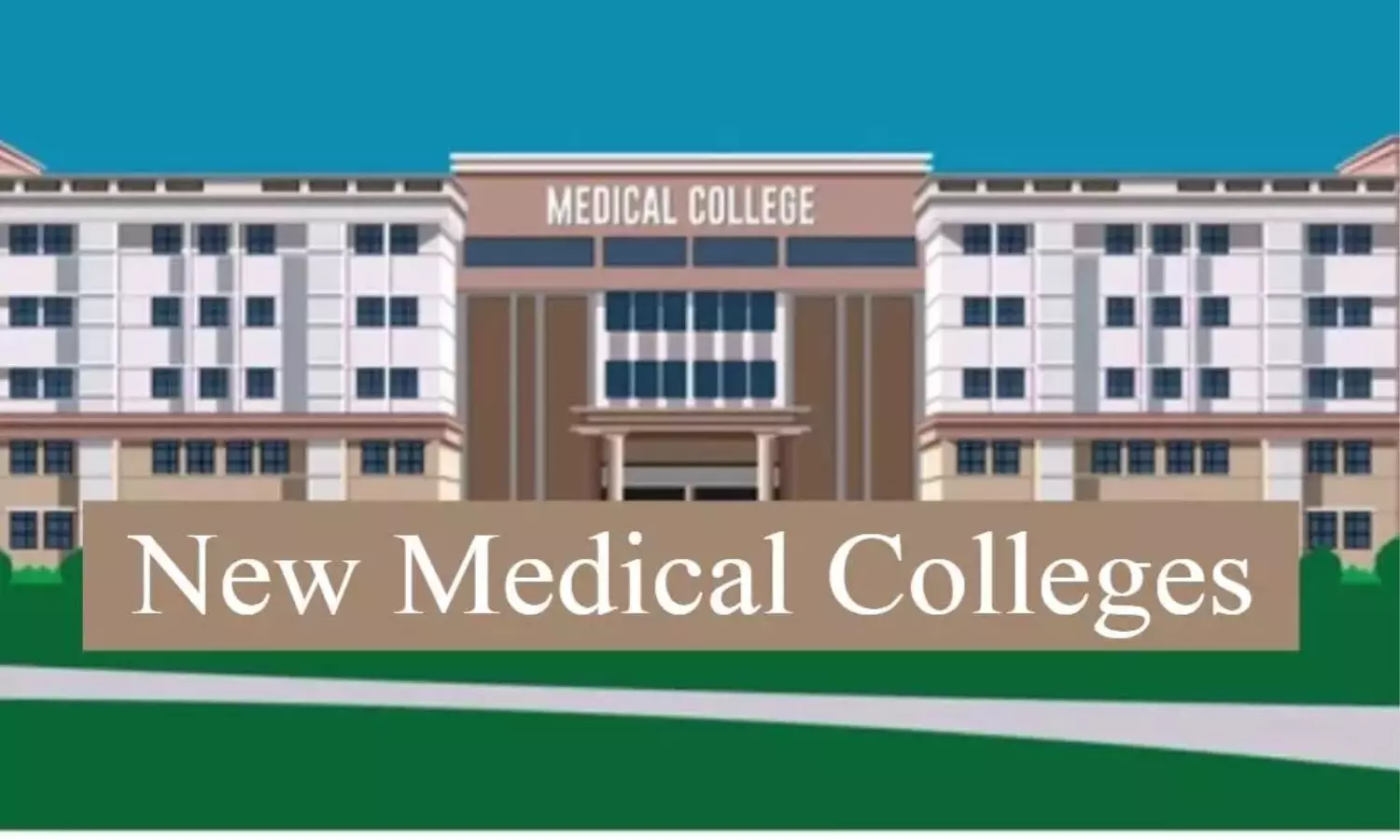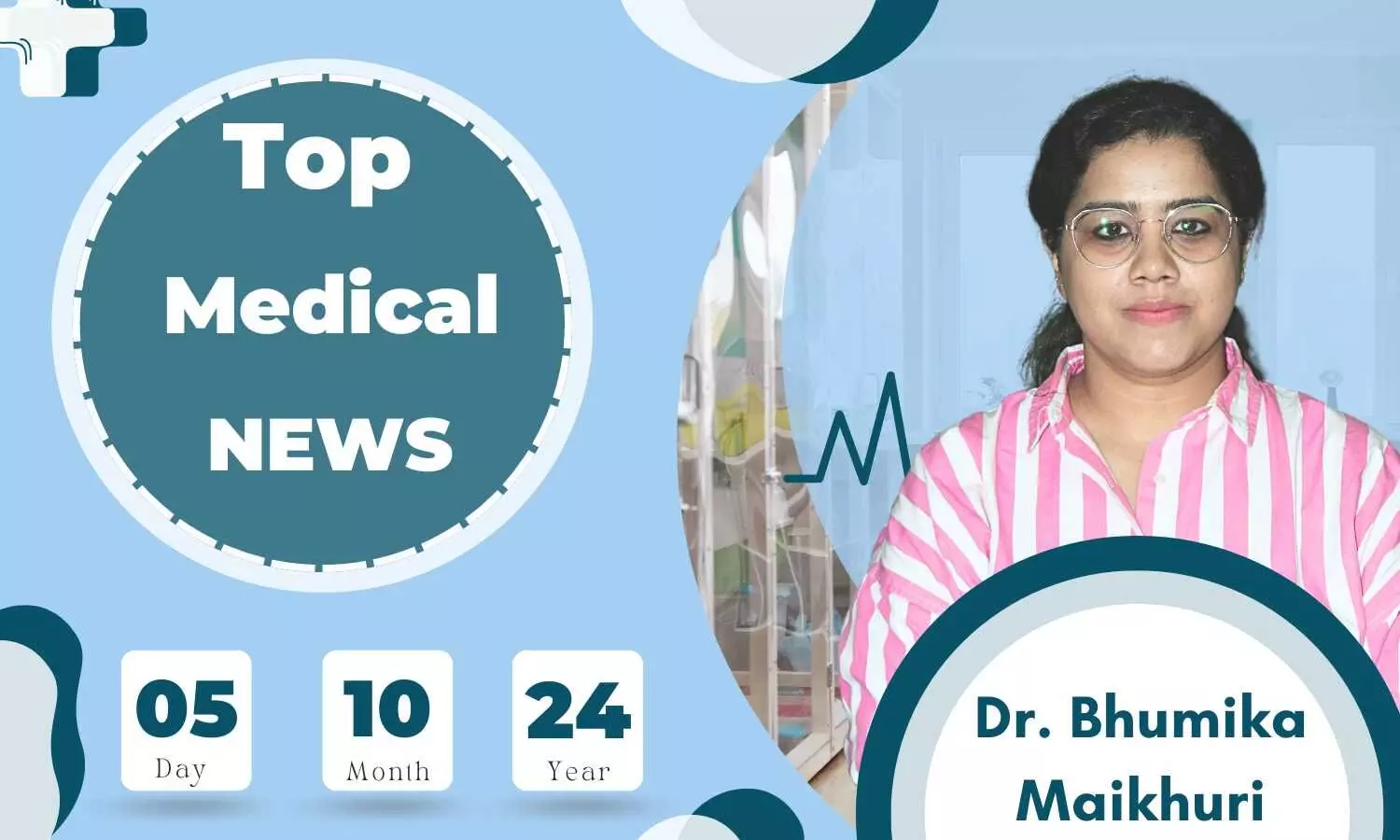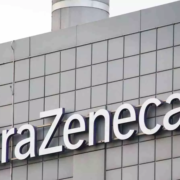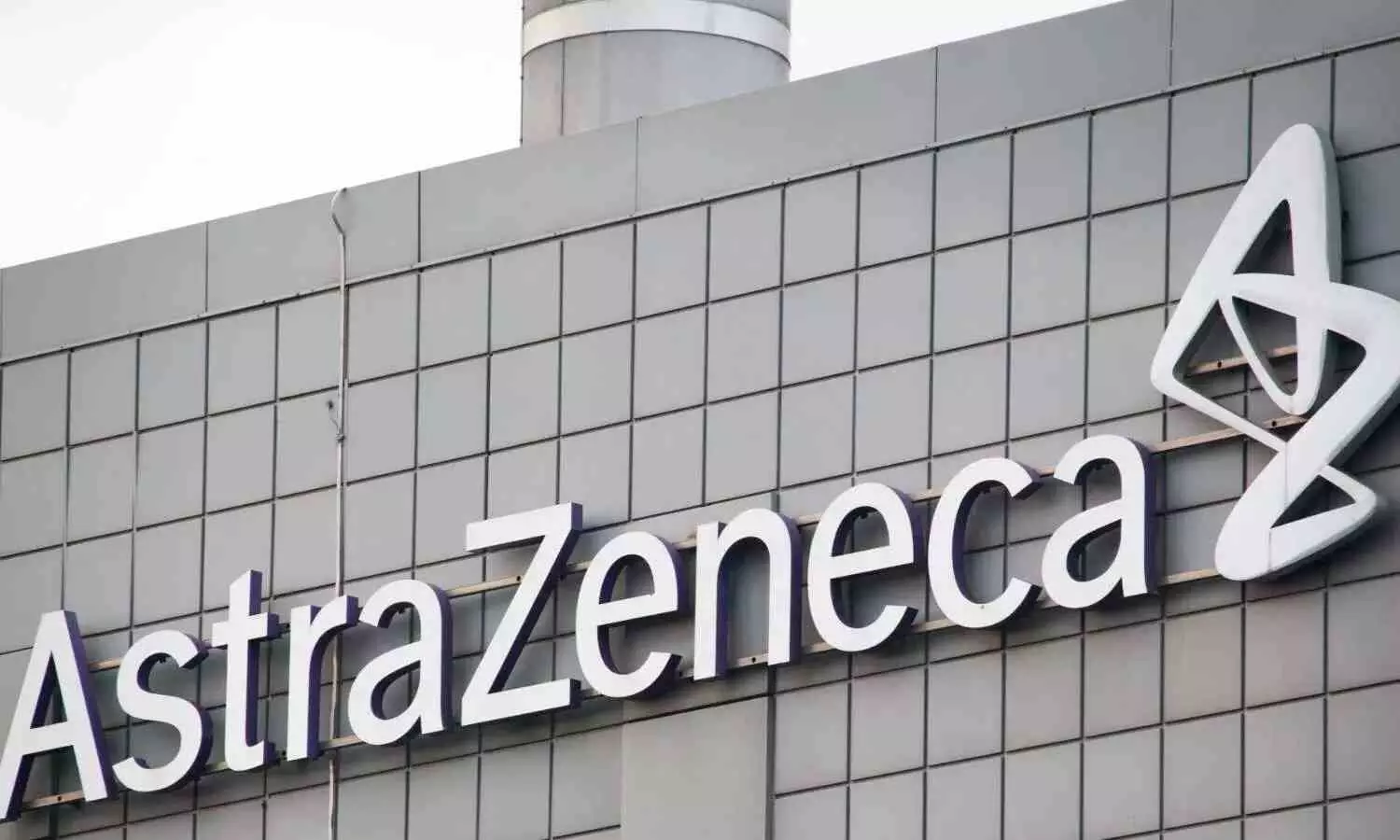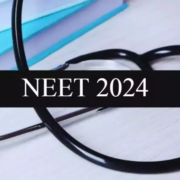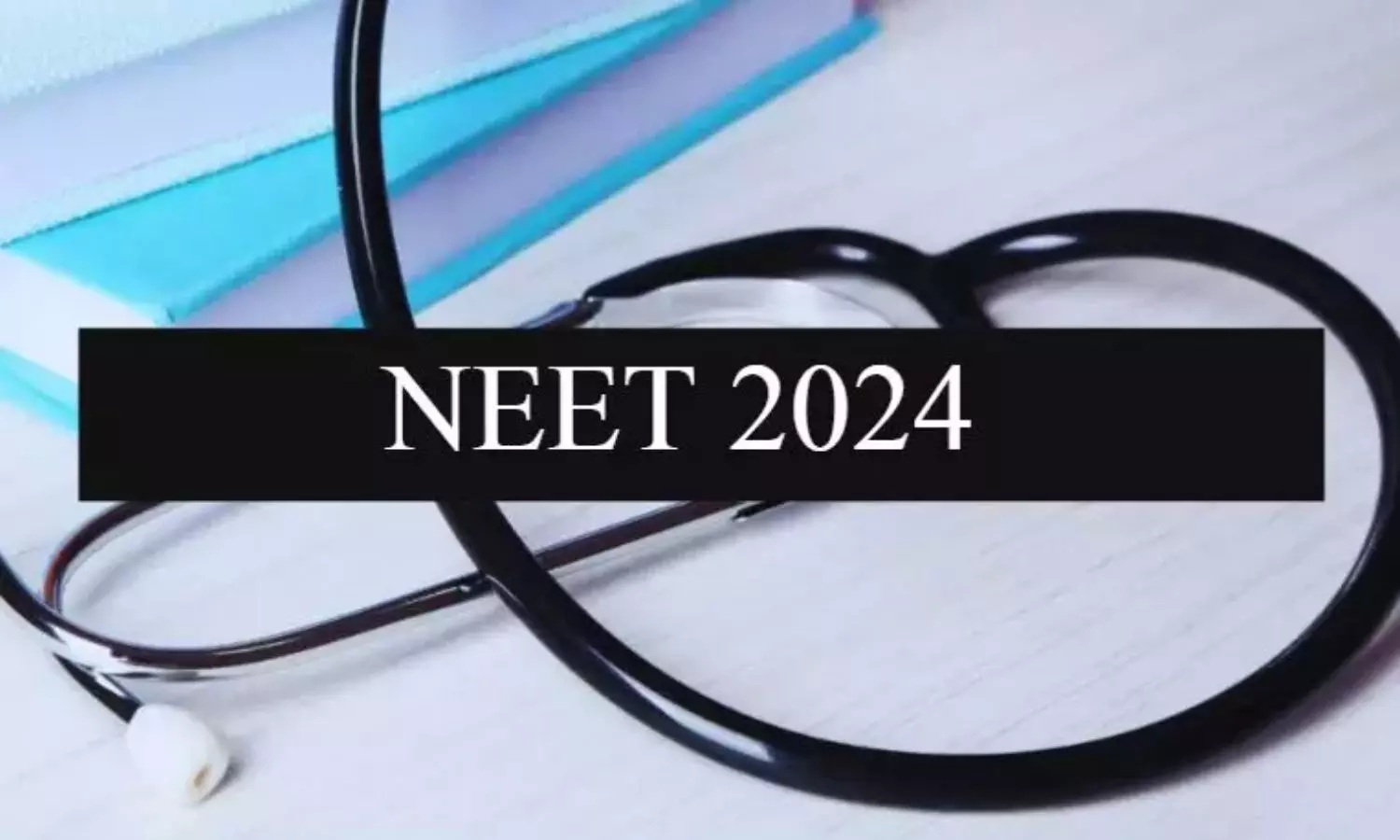Countries affected by severe climate change may also have a higher prevalence of violence against women, finds a new study led by UCL researchers.
The research, published in PLOS Climate, examined how climate shocks – such as storms, landslides and floods – might be linked to higher rates of intimate partner violence in the two years following the event.
The researchers gathered data on intimate partner violence from 363 surveys conducted in 156 countries between 1993 and 2019, focusing on women who currently had a partner. Intimate partner violence was defined as any physical and/or sexual violence in the past year. The team also gathered data on climate shocks from 1920 to 2022 in 190 countries. They then analysed the relationship between climate shocks and intimate partner violence, while also considering the country’s economic status.
They found that there was a significant link between intimate partner violence and certain climate shocks (including storms, landslides and floods). Meanwhile, other types of climate shocks (such as earthquakes and wildfires) didn’t show a clear connection to intimate partner violence. Countries with higher GDP had lower rates of intimate partner violence.
Lead author, Professor Jenevieve Mannell (UCL Institute for Global Health), said: “Existing evidence has found that when a woman experiences a climate-related event, she is more likely to experience violence in some countries and for some types of violence, but not others. “We set out to explore what was happening at a national level to help inform international climate change policy.”
The researchers were unable to assess why different climate shocks have more of an impact on intimate partner violence. However, they believe that different shocks may take different amounts of time to have an effect on violence and this may not have been captured in the two-year window studied, due to data availability. As a result, they are calling for more regular data collection by countries on measures of violence against women.
Professor Mannell added: “A small body of evidence shows that heat and humidity increases aggressive behaviours, including violence. Climate-related disasters increase stress and food insecurity in families in ways that can lead to increases in violence. They also reduce the social services often available for dealing with partner violence, such as police and civil society who are more focused on the disaster.
“At the same time, governments may put in place shelters for disaster relief which are often overcrowded and unsafe, without thinking about the risks of sexual violence.“All of this happens more often and with increased severity in countries that have patriarchal gender norms and where the use of violence against women is widely accepted as normal behaviour.”
Importantly, the researchers believe that climate mitigation and adaptation efforts can and should play an important role in reducing violence against women.
Reference: Mannell, J., Brown, L. J., Jordaan, E., Hatcher, A., & Gibbs, A. The Impact of Climate Shocks Due to Climate Change on Intimate Partner Violence: A Structural Equation Model of Data from 156 Countries. Available at SSRN 4800400.
Exposure to Common Consumer Product Chemicals May Be Linked to Cardiac Electrical Changes
Environmental phenols are found in a wide range of common consumer products. They include preservatives in packaged foods, parabens in shampoos and bisphenol A (BPA) in plastic dishware, so humans have broad exposure to them, day in and day out.
Some of these environmental phenols are known to have cardiac toxicities. Now, an interdisciplinary study involving four University of Cincinnati College of Medicine professors is revealing their adverse impact on the heart’s electrical properties, and the research has been published in the journal Environmental Health.
Researchers used data from the Fernald Community Cohort, which includes nearly 10,000 people who lived near the former U.S. Department of Energy uranium processing site at Fernald, outside Cincinnati, and participated in the Fernald Medical Monitoring Program between 1990 and 2008.
Much of the cohort did not experience exposure to uranium beyond the radiation received by the general population. Researchers used their data, including biological samples and medical records, in the study so uranium exposure would not be a factor in the findings — making them relevant to the general population. Because urine samples and electrocardiograms, or EKGs, were collected on the same day, the results were significant for analyzing exposure to environmental phenols.
The EKGs, which measure cardiac electrical activities, were read by board-certified physicians, and the urine samples were sent to the Centers for Disease Control and Prevention for exposure analysis.
One goal of the study was to identify any changes in EKG parameters associated with environmental phenol exposure.
The heart is driven by electrical activity, so anything affecting its electrical properties can have a detrimental impact and possibly result in arrhythmias.
The research concluded higher exposure to some environmental phenols is associated with altered cardiac electrical activity.
Researchers found higher exposure to BPA, BPF and BPA+F in women is associated with a longer PR interval, a delay in the time it takes for electrical signals to move from the atria at the top of the heart to the ventricles.
“Our findings were highly sex-specific,” said Hong-Sheng Wang, PhD, professor in the Department of Pharmacology, Physiology and Neurobiology and the study’s lead author.
In women, researchers identified an association with longer QRS duration, or contraction of the ventricles, and dysfunction of the electrical impulses of the heart.
“It was particularly pronounced in women with higher body mass indexes,” said Wang.
In men, researchers found higher exposure to triclocarban (TCC), an antimicrobial agent, led to longer QT intervals in the heart — meaning the heart’s electrical system is taking too long to recharge, a situation that can contribute to heart rhythm dysfunction. TCC has since been banned in the United States.
Wang also pointed out that typical exposure levels alone are unlikely to cause clinically significant heart disease in healthy people.
Reference: Rubinstein, J., Pinney, S. M., Xie, C., & Wang, H. S. (2024). Association of same-day urinary phenol levels and cardiac electrical alterations: analysis of the Fernald Community Cohort.
Nature Medicine Study Highlights Impact of Doxycycline-Post Exposure Prophylaxis for STI on Gut Microbiome
Taking a dose of the oral antibiotic doxycycline after a high-risk sexual encounter has dramatically reduced the incidence of sexually transmitted infections (STIs) in places where the strategy is being tried.
Despite its effectiveness, the new strategy, known as Doxycycline post-exposure prophylaxis, may come with risks, especially with chronic use. Experts worry about the impact on the community of gut bacteria, also known as the microbiome, and the potential that the antibiotic will give rise to resistant strains of bacteria.
Doxycycline post-exposure prophylaxis did not have much impact on the overall composition of bacterial communities in gastrointestinal tracts. But scientists noted signs of resistance building against tetracycline, the class of antibiotic that doxycycline belongs to, which could make it less effective.
The study was published in Nature Medicine.
“While doxycycline post-exposure prophylaxis did not appear to have global impacts on the gut microbiome, it did have impacts on the antimicrobial resistance of gut bacteria, both in terms of the proportion of tetracycline class resistance genes and the amount that were turned on, or expressed,” said Chaz Langelier, MD, PhD, an associate professor of medicine in UCSF’s Division of Infectious Diseases and senior author of the paper. “So, it’s not totally innocuous.”
Doxycycline post-exposure prophylaxis involves taking two 100-milligram pills within 72 hours of condomless sex.
But the widespread use of antibiotics raises concerns about resistance and the potential harmful impact on gut health, specifically the balance of bacteria and other microbes. Disruption can lead to diarrhea, nausea, fever and abdominal pain; and until now, there had been very limited research into these side effects.
The study included 100 individuals who used doxycycline post-exposure prophylaxis and 50 individuals who received standard-of-care and did not use doxycycline post-exposure prophylaxis. Researchers analyzed rectal swabs collected at enrollment and after six months to study the presence of DNA and RNA from gut bacteria and their antibiotic resistance genes.
“While we found no major changes to the community of gut bacteria in doxycycline post-exposure prophylaxis users, we saw that doxycycline post-exposure prophylaxis users over time had increasing amounts of tetracycline resistance genes present in their gut,” said Victoria T. Chu, MD, MPH, an assistant professor of pediatrics in the Division of Global Health and Infectious Diseases at UCSF and a first author of the study. “It also appeared to be dose dependent, meaning the more doxycycline post-exposure prophylaxis they used, the larger the increase was.”
Reference: Chu, V.T., Glascock, A., Donnell, D. et al. Impact of doxycycline post-exposure prophylaxis for sexually transmitted infections on the gut microbiome and antimicrobial resistome. Nat Med (2024). https://doi.org/10.1038/s41591-024-03274-2
Novel Imaging Technique Detects Aggressive Kidney Cancer with Unprecedented Accuracy: Lancet Oncology
A new study led by investigators from the UCLA Health Jonsson Comprehensive Cancer Center has demonstrated a new, non-invasive imaging technique that may accurately detect clear-cell renal cell carcinoma, the most common form of kidney cancer.
The findings, published in The Lancet Oncology, could greatly reduce the number of unnecessary surgeries and ensure that patients receive the right treatment at the right time, potentially changing how doctors diagnose and treat the disease in the future.
“If kidney cancer is diagnosed late, the chances of survival drop significantly, especially if the cancer has spread,” said Dr. Brian Shuch, director of the Kidney Cancer Program and the Alvin & Carrie Meinhardt Endowed Chair in Kidney Cancer Research at UCLA, and lead author of the study. “But if caught early, over 90% of patients can survive for at least five years. If we are going to survey more tumors, it’s crucial to accurately identify clear-cell renal cell carcinoma early on as they have a greater propensity to grow and spread.”
To help improve the detection of clear-cell renal cell carcinoma, the team tested a non-invasive method that uses a monoclonal antibody drug called 89Zr-TLX250, which targets the protein CA9 that is often found in clear-cell renal cell carcinoma.
The phase 3 trial, called ZIRCON, included 332 patients with suspect lesions detected on their kidney from 36 research hospitals from nine different countries with UCLA leading international accrual. The average age of participants was 61 years, with 71% being male and 29% female.
The patients were injected with 89Zr-TLX250, which travels through the body and attaches to the protein CA9 if present in the kidney mass. CA9 is highly expressed in up to 95% of clear cell kidney cancers with minimal expression in normal tissue.
A few days after the injection, patients received a PET-CT scan to detect the radioactive part of the drug, which lights up on the scan wherever the protein is present, allowing doctors to see the cancer more clearly. By looking at the scan, doctors can determine if the kidney mass is likely to be cancerous based on whether or not the 89Zr-TLX250 has attached to the cancer cells.
The new imaging method accurately identified the presence of cancer in most cases while minimizing false positives, demonstrating a high performance with 85.5% sensitivity and 87.0% specificity.
The technique also proved effective even in very small renal masses (less than 2 cm), which are increasingly detected due to more frequent use of abdominal imaging. Additionally, the procedure was shown to be safe, with no significant side effects associated with the use of 89Zr-TLX250.
“The implications of this research are vast,” said Shuch. “If adopted widely, 89Zr-TLX250 PET-CT imaging could become a new standard in kidney cancer diagnostics, like how PET-CT imaging has revolutionized prostate cancer management. It could also aid in the detection of other types of kidney cancers and help monitor patients at high risk of metastasis.”
Reference: [89Zr]Zr-girentuximab for PET–CT imaging of clear-cell renal cell carcinoma: a prospective, open-label, multicentre, phase 3 trial. Shuch, Brian et al. The Lancet Oncology, Volume 25, Issue 10, 1277 – 1287
Researchers Shed Light on Novel Superfast Blood Draw Technique for Diagnosing Lung Cancer
A new way of diagnosing lung cancer with a blood draw may be 10 times faster and 14 times more sensitive than earlier methods, according to University of Michigan researchers.
The microchip developed at U-M captures exosomes—tiny packages released by cells—from blood plasma to identify signs of lung cancer. Although healthy cell exosomes move important signals throughout the body, cancer cell exosomes can help tumors spread by preparing tissues to accept tumor cells before they arrive. “Cancer exosomes leaving the tumor microenvironment go out and kind of prepare the soil. Later, the cancer cell seeds shed from the tumor and travel through the bloodstream to plant in the conditioned soil and start to grow,” said Sunitha Nagrath, U-M professor of chemical and biomedical engineering and co-corresponding author of the study in the journal Matter. Exosomes carry proteins both inside the parcel and on their outside surface. Like many biological molecules, these surface proteins are chiral—meaning they have a right- or left-handed twist—which causes them to interact with light in unique ways.
In cancer exosomes, surface proteins are often mutated, meaning a genetic change altered the order of the molecules that make up the protein. Mutations subtly change the shape of the protein, which also shifts its chirality. These differences can be spotted through interactions with twisted—or circularly polarized—light, which can match the twist in the protein. The resonance creates a strong signal returned to a light detector. However, these light signatures are typically weak and hard to interpret. Furthermore, exosomes must be extracted from a blood sample to do this kind of detection. This is tricky because exosomes are small—measuring just 30 to 200 nanometers (a millionth of a millimeter).
To spot them, the research team designed gold nanoparticles shaped like twisted disks (adapted from a structure first described in a 2022 Nature study) that capture exosomes in a central cavity. Because of a nearly perfect match in size, shape and surface chemistry, these cavities reliably catch exosomes.
With a right-handed twist, they resonate strongly with right-twisting light but don’t send back much signal if the incoming light has a left-handed twist. This different response to twisted light is known as circular dichroism. The proteins on the captured exosomes, sunk into the cavity, can strengthen or reduce the intensity of the return signal depending on their shapes. Studded along the tiny channels of a microfluidic chip, the gold cavities captured exosomes from blood plasma and revealed distinct signatures between samples given by healthy study participants and those with lung cancer. The microfluidic chips, named CDEXO chips for Circular Dichroism detection of EXOsomes, may be able to distinguish among specific lung cancer mutations, helping doctors make treatment decisions to target the dominant mutations as they change.
Reference: Kang, Y. T., Kim, J. Y., Turali-Emre, E. S., Kumari, A., Jang, H. J., Cha, M., … & Kotov, N. A. (2024). Chiroptical detection and mutation analysis of cancer-associated extracellular vesicles using microfluidics with oriented chiral nanoparticles. Matter.
Overweight Pregnancies Have Higher Risk of Complications Than Underweight Pregnancies: Lancet Study Highlights
The risk of complications during pregnancy is particularly high in women born in certain parts of the world. It is not clear why, but many different factors that affect health can contribute to this inequality. One possible factor is body weight. It is more common among migrant women from certain regions to have underweight, overweight or when they become pregnant.
What is new about this study is that the researchers have been able to estimate to what extent the complications, such as gestational diabetes, could be avoided if all women were of normal weight when they became pregnant.
“For example, we concluded that about half of all cases of gestational diabetes could potentially be prevented. This applies to both women born in Sweden and foreign-born women,” says Maryam Shirvanifar, PhD student at Linköping University and first author of the study.
The researchers believe that efforts to promote a healthy weight could help all women, no matter where in the world they were born.
The study paints a complex picture. The importance of body weight differs between different complications. For example, high body weight contributes more to gestational diabetes than other complications.
But what about being underweight in early pregnancy, how does this affect the risks? To the surprise of the researchers, underweight does not seem to contribute significantly to the complications investigated.
In their study, the researchers followed almost two million pregnancies – basically all births in Sweden from 2000 to 2020. The researchers studied eight complications that can affect the mother or baby during pregnancy, or during and after childbirth. Using data from several national registers, they were able to investigate the relationship between a woman’s BMI at the first antenatal visit and complications depending on which region of the world the mother was born in.
In their analyses, the researchers took into account several factors, including socio-economic data. However, some factors that could affect a woman’s health during pregnancy and childbirth, such as quality of treatment in healthcare, communication barriers, stress linked to migration and differences in health-promoting behaviour, could not be investigated in the current study as it uses register data.
In their study, the researchers examined eight different complications in the mother and baby:
– severe complication in the mother that could be fatal
– preeclampsia
– gestational diabetes
– infant mortality in the first year of life
– preterm birth (before 37 weeks of pregnancy) and extremely preterm birth (before 28 weeks of pregnancy)
– low Apgar score (assessment of newborn baby’s vitality)
– large baby (in relation to length of pregnancy)
– small baby (in relation to length of pregnancy)
Reference: Adverse pregnancy outcomes attributable to overweight and obesity across maternal birth regions: a Swedish population-based cohort study Shirvanifar, Maryam et al. the Lancet Public Health, Volume 9, Issue 10, e776 – e786
